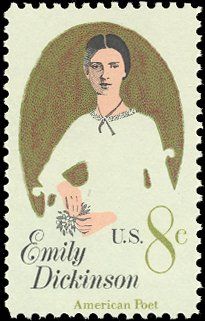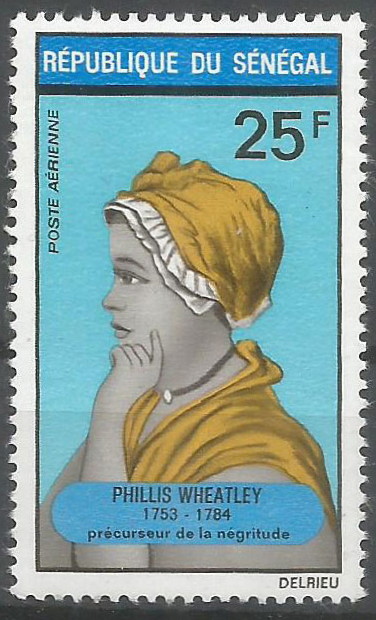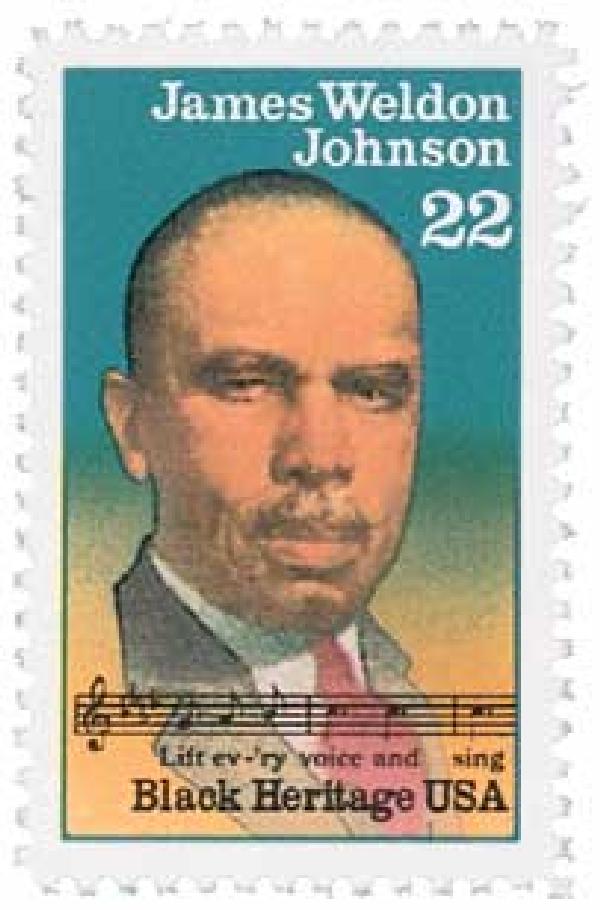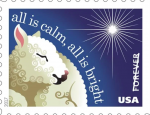The annual Leonid meteor shower will skim the skies this week, so our River Houses poem-of-the-week for the third week of November is this sparkling gem drawn from the world’s small store of meteor poems: “Stars, I have seen them fall” by A.E. Housman (1859–1936).
Stars, I have seen them fall,
But when they drop and die
No star is lost at all
From all the star-sown sky.The toil of all that be
Helps not the primal fault;
It rains into the sea,
And still the sea is salt.
A great poem — and this is a great poem — can become your friend for life, and as with any new friend, you need to take some time to get acquainted. We always recommend looking at structure first, before you even start to think about meaning; this teaches your students to see poems as finely crafted pieces of literary labor and not just spontaneous assemblages of words.
![[Shooting Star]](https://riverhouses.org/wp-content/uploads/2022/08/shooting-star-emoji.png) Housman was a literary master-craftsman, and his structural skill is very much on display here. Notice first that the poem consists of two complete sentences that divide the work precisely in half. Next, count the syllables: each line has exactly six, with no irregularities. Note also, remarkably, that with the exception of the words primal and into, the entire poem is composed of one-syllable words. That’s very difficult to do — invite your students to write two good 24-word sentences using only one-syllable words, and they’ll see that it requires some effort.
Housman was a literary master-craftsman, and his structural skill is very much on display here. Notice first that the poem consists of two complete sentences that divide the work precisely in half. Next, count the syllables: each line has exactly six, with no irregularities. Note also, remarkably, that with the exception of the words primal and into, the entire poem is composed of one-syllable words. That’s very difficult to do — invite your students to write two good 24-word sentences using only one-syllable words, and they’ll see that it requires some effort.
What about the rhyme scheme? It’s simple and exact, with no off-rhymes: fall–die–all–sky, be–fault–sea–salt (ABAB CDCD). The meter is formally iambic trimeter, a very short and tight form, and that’s easy to see in the second line: “But when | they drop | and die.” A more natural reading of many of the lines will depart from this heavy iambic beat, however, because it can come across as too jingly or sing-songy in such a short poem. For example, the third line could be formally scanned: “No star | is lost | at all” — a sing-songy rendering. But it’s more natural and effective to read it aloud as: “No star | is lost | at all” — a reading with two strong initial pulses that emphasize the idea of “No star” being lost.
What about meaning? Housman was a Classical scholar and a professor of Latin at Cambridge University, and he was an expert on ancient astronomy, philosophy, and religion. The two halves of the poem contrast the world of the heavens — Classically imagined as perfect and unchanging — with the defective and imperfect sublunary world (the world beneath the moon) in which we mortals live. Even though stars seem to fall, the heavens remain perfect: “No star is lost at all.” Our earthly existence is the opposite. No matter how hard we try — “the toil of all that be” — we can never achieve the perfection of the heavens because “the primal fault” — Original Sin in the Christian worldview — makes perfection impossible. Brine, not pure water, is what we mortals will taste in life: “It rains into the sea, / And still the sea is salt.”
“Stars, I have seen them fall” is an excellent poem for memorization. Why not invite your students to start with just the first stanza — they should be able to learn it in a few minutes. And why not join them yourself!
What wonderful words and poetical productions have you and your students been examining in your homeschool this Cygnus Term? 😊
❡ All the star-sown sky: If a special line or turn of phrase happens to strike you in one of our weekly poems, just copy it onto your homeschool bulletin board for a few days and invite your students to speak it aloud — that’s all it takes to begin a new poetical friendship and learn a few lovely words that will stay with you for life. 🌠
❡ This is a printable lesson: Down at the bottom of this post you’ll find a custom “Print” button that will let you create a neat and easy-to-read copy of this little lesson, and it will even let you resize or delete elements that you may not want or need (such as images or footnotes). Give it a try today! 🖨
❡ Here, said the year: This post is one of our regular homeschool poems-of-the-week. Print your own River Houses Poetry Calendar to follow along with us as we visit fifty of our favorite friends over the course of the year, and add your name to our River Houses mailing list to get posts like these delivered right to your mailbox every week. 📫
❡ Homeschool calendars: We have a whole collection of free, printable, educational homeschool calendars and planners available on our main River Houses calendar page. They will help you create a light and easy structure for your homeschool year. Give them a try today! 🗓
❡ Support our work: If you enjoy our educational materials, please support us by starting your regular Amazon shopping from our very own homeschool teaching supplies page. When you click through from our page, any purchase you make earns us a small commission at no extra cost to you. Thank you for helping us to keep going and growing! 🛒
❡ Join us! The aim of the River Houses project is to create a network of friendly local homeschool support groups — local chapters that we call “Houses.” Our first at-large chapter, Headwaters House, is now forming and is open to homeschoolers everywhere. Find out how to become one of our founding members on the Headwaters House membership page. 🏡




